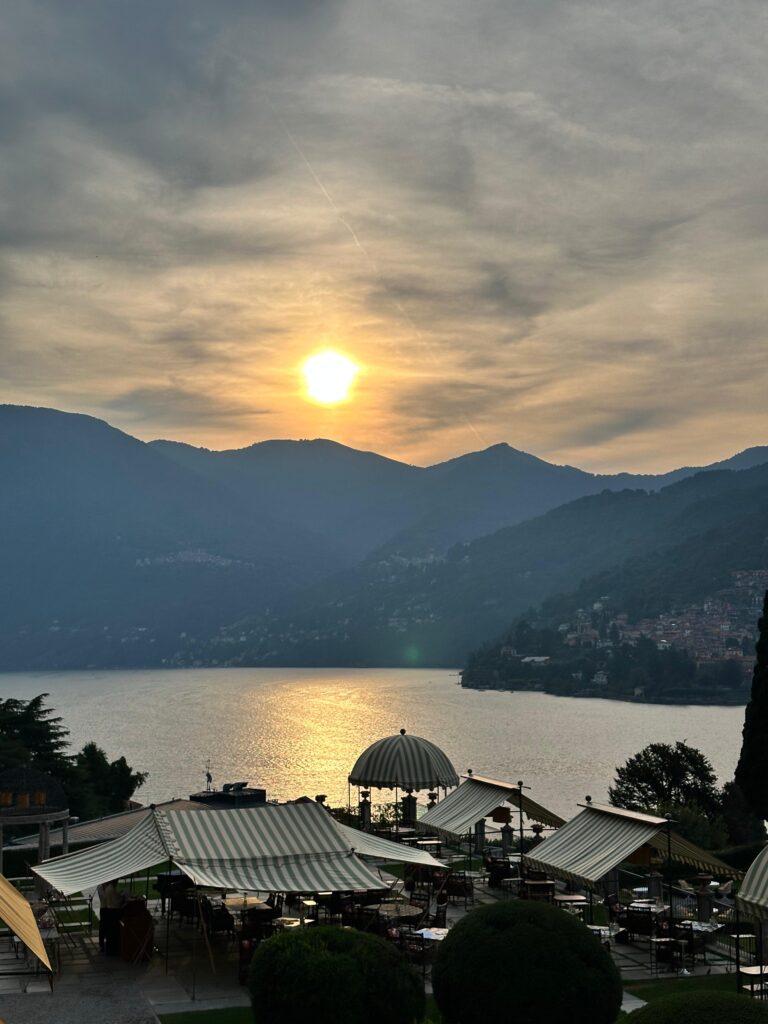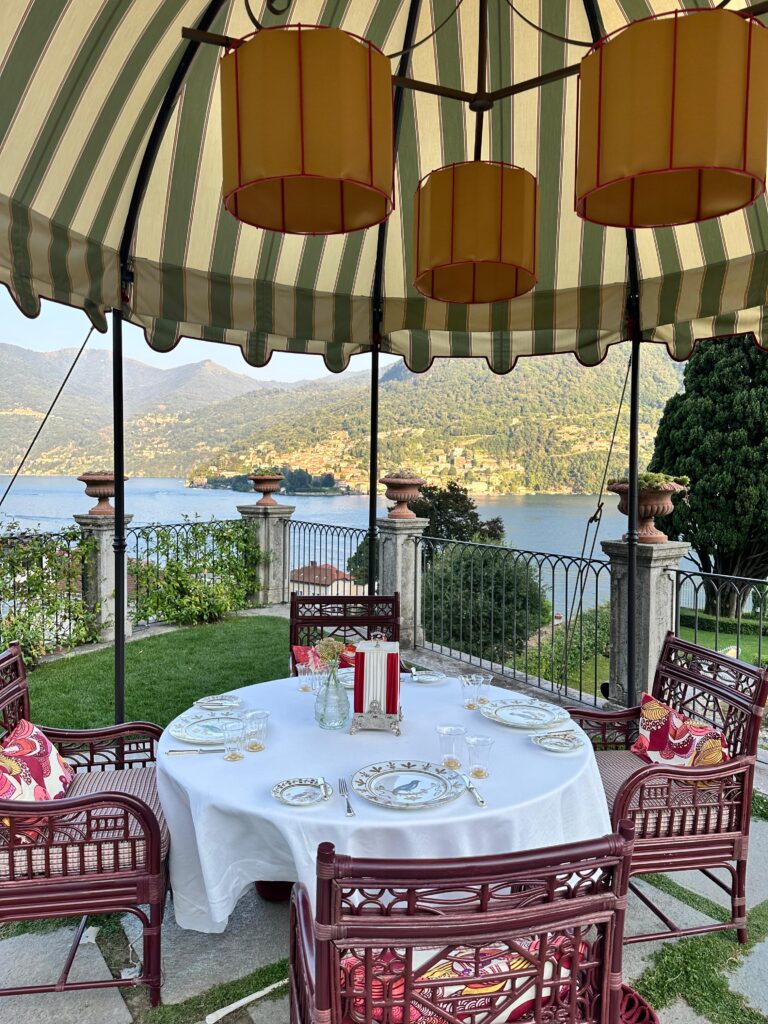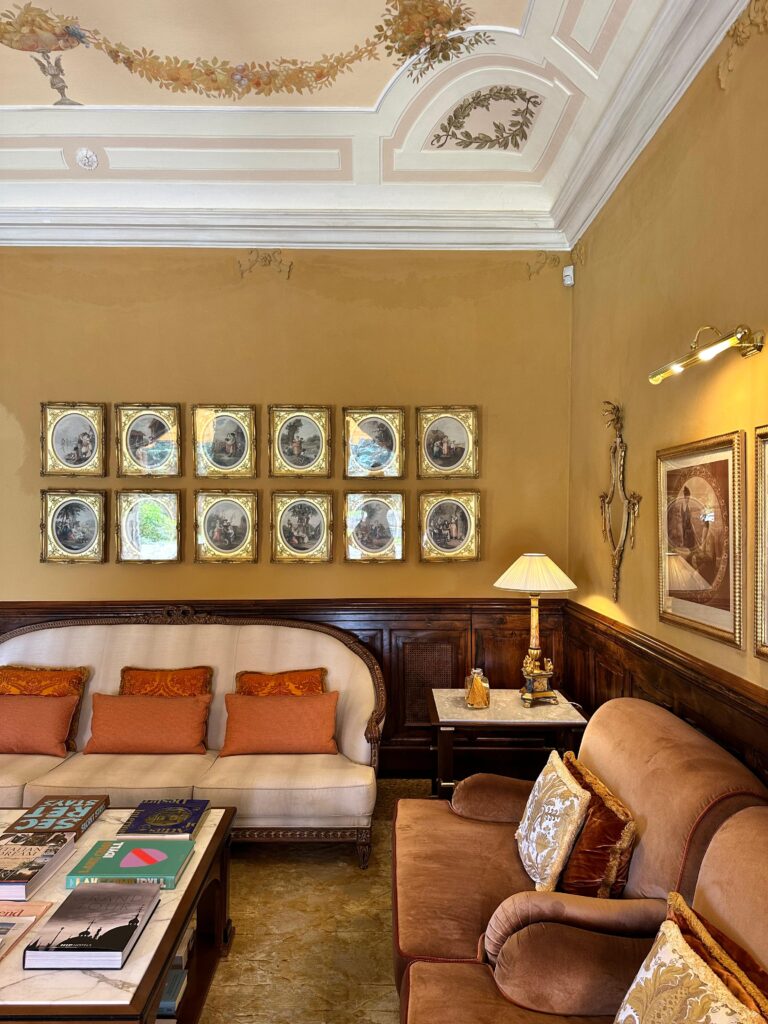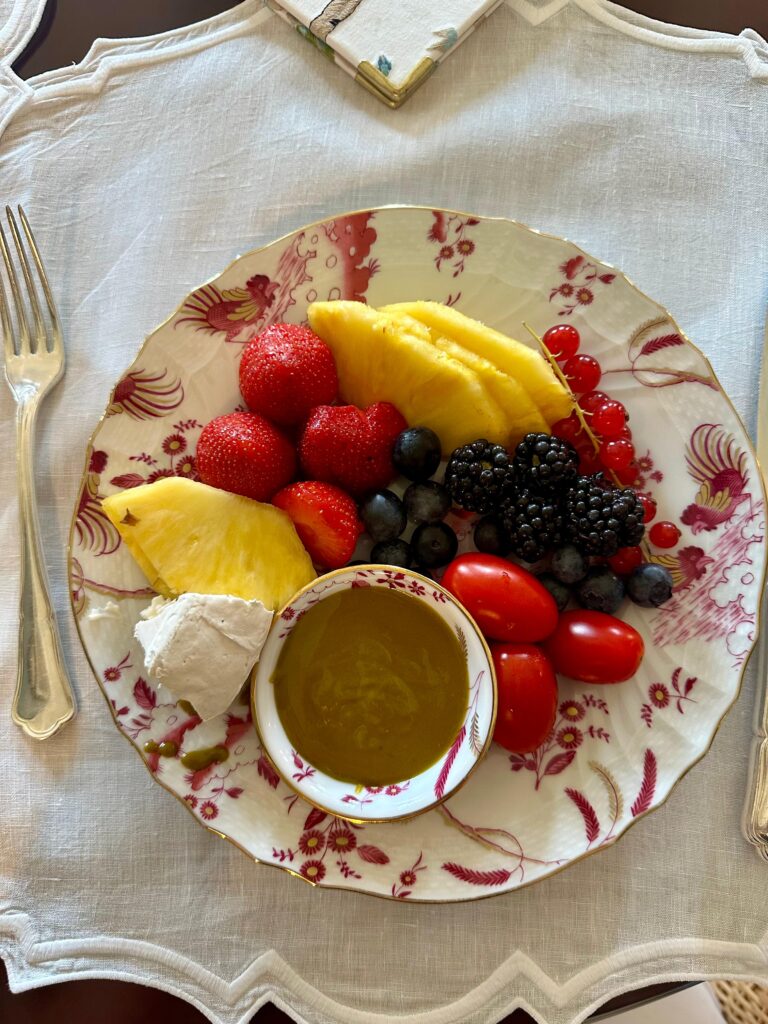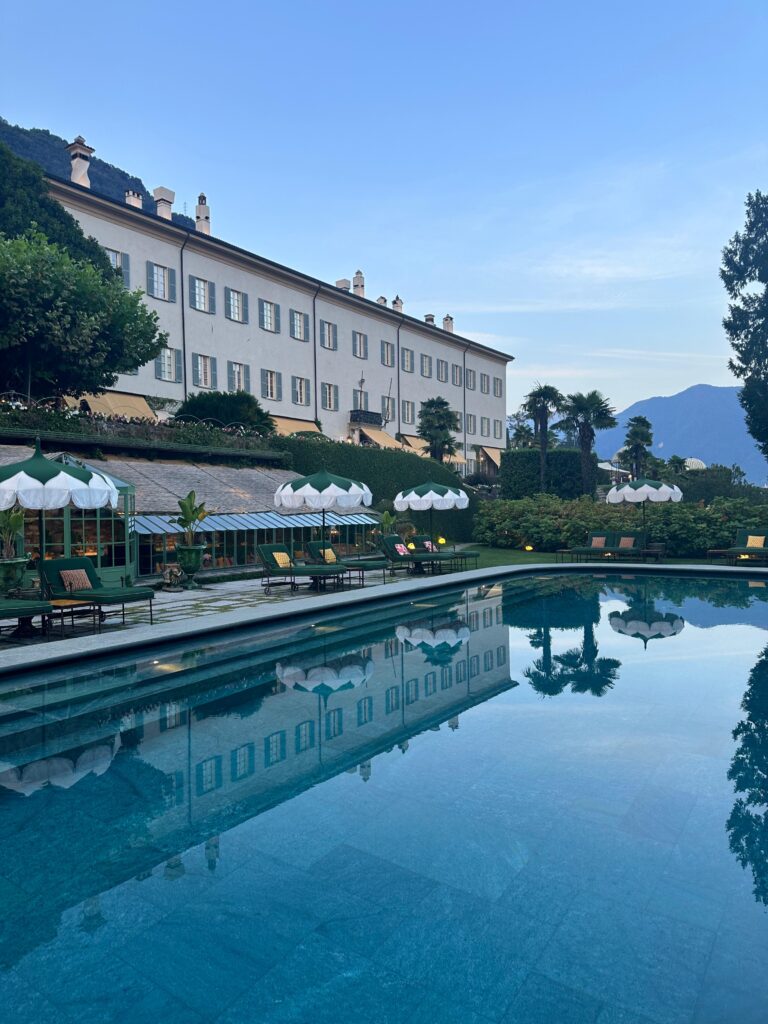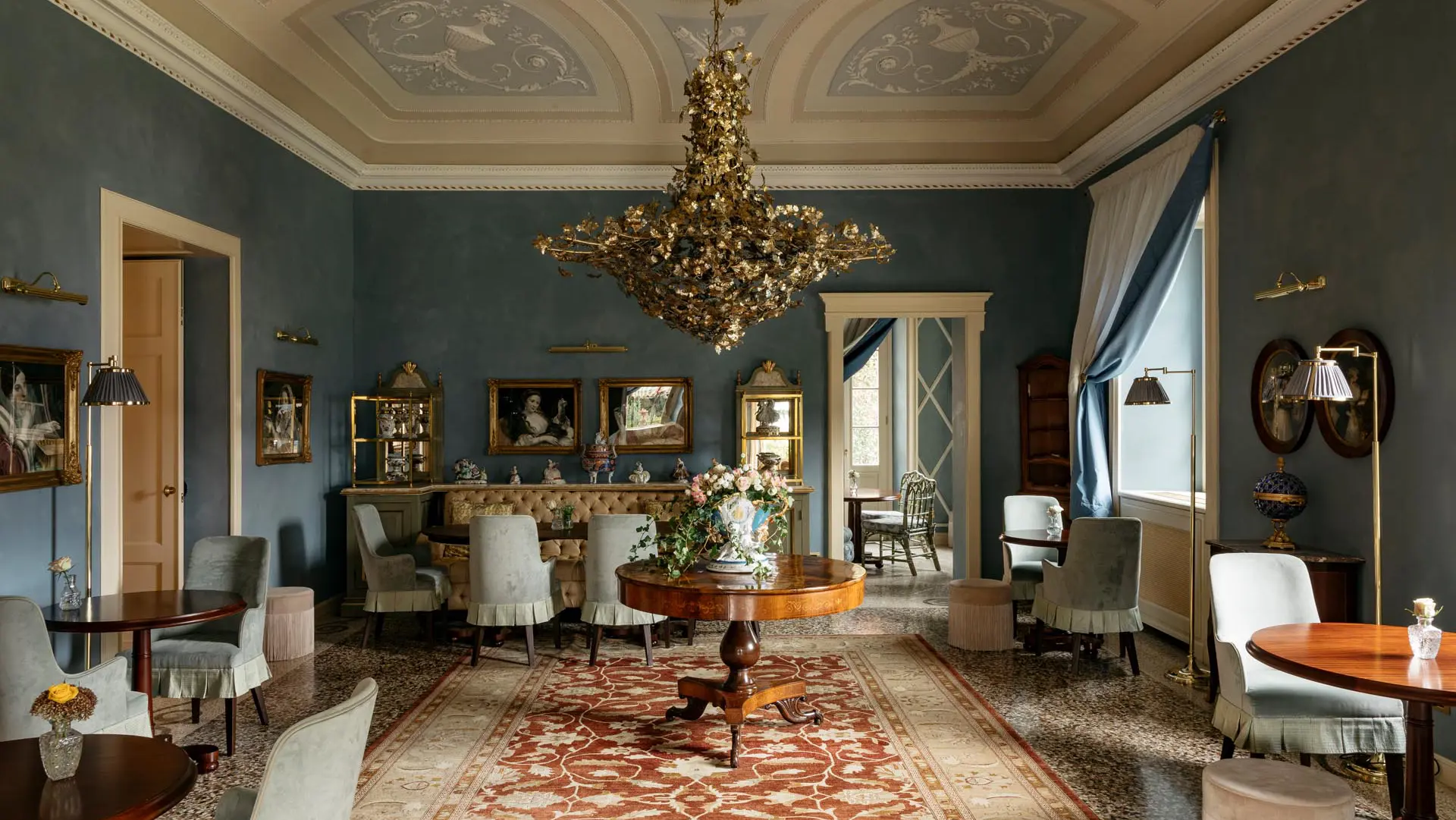
How Hotels Found Their Heart Again — and Why It Matters
Condé Nast Traveller’s Global Editorial Director, Divia Thani unpacks a new era of hospitality—where efficiency, emotion, and a sense of place define true luxury.
Step into a hotel lobby today, and you can sense a quiet revolution in the air. The hum of life, the patina of personality, and the joy of imperfection are reshaping hospitality as we know it. The era of sterile minimalism is giving way to something far more soulful.
AP was lucky enough to get a minute with Divia Thani, Global Editorial Director of Condé Nast Traveller—whose passport reads like a dream—to unpack this changing tide in travel and design. “Thankfully, we’ve moved on from the austere, starkly minimal aesthetic to one that has loads of character and personality.” Thani says.

Hotels are taking risks again. They’re daring to play—with colour, with contrast, with the unexpected. “You’re seeing edge, interesting furniture, dramatic pieces,” Divia continues. “It’s partly because of the explosion of new hotels—you have to be able to distinguish yourself in a crowd.”
If the early 2000s were about sleek marble and quiet money, the 2020s are about storytelling. Spaces that feel alive and layered. “One of my absolute favourite hotels is Passalacqua in Lake Como,” Divia says. “Italian hotels are unafraid of colour and personality, and this one is especially brave. The owner, Valentina de Santis, has poured her heart and soul into the place, so every little detail feels personal and unique to her—to her adoration of Italian craftsmanship and her devotion to her family and hometown. It shows that a sense of place is everything when it comes to hospitality.”
That’s the new luxury: truth. A story that could belong to no one else.
Even the most high-gloss brands are catching on. “The latest trend, of course, is the branded beach club,” she says. “Dolce & Gabbana at the Four Seasons Taormina, Missoni at Cali Mykonos, Fendi at Puente Romano resort in Marbella, Spain.” Each one a kind of sensory manifesto—a mood, a memory, a fantasy come alive.
But even amidst all this beauty, Divia reminds us that the real test of luxury is not how a space looks, but how it feels.
There’s a spot she keeps returning to, far away from marble floors and mirrored bars: Pahalgam in Kashmir. “There’s a point on the road towards Aru Valley,” she recalls, “where the view takes your breath away—the ice-capped mountains, the river winding through stones, the sky a storybook blue. Every time I’m there, I take a deep breath and I’m reminded of how much bigger the world is, how much beauty and power there is. It fills me up in a way I can’t explain.”
It’s a reminder that hospitality, at its heart, is about energy. The kind you can’t manufacture.
Divia has seen design at every scale—from tiny boutique stays to grand palaces—and she insists that the one thing most people overlook is also the simplest: efficiency. “Sometimes hotels are so obsessed with their art collections or their spa offerings, but it takes 15 minutes for your suitcases to make their way to your suite! No amount of luxury can make up for a lack of efficiency.”
The magic lies in the unsexy details “I keep a running list on my phone of little things I love in hotels,” she admits. “Popcorn machines in bedrooms at the Mandarin Oriental Paris. Backlit mirrors in the showers at the Park Hyatt New York. Steamers in every closet at the new Fairmont Mumbai. Three Dyson hair tools in every suite at Passalacqua. A guided meditation box at the Royal Champagne Hotel & Spa.”
And then there’s the other list—the infuriating details. “Luggage stands that can’t fit hard-top suitcases. Too few hangers. The lamp on the other side of the room that you absolutely have to get out of bed to switch off. Annoyingly small teacups—I need coffee in a giant mug. Doesn’t everybody?”
Travel, for Divia, is not escapism but a way of life. “I’m Sindhi,” she says. “After the Partition, my family ended up all over the world, from the Caribbean to the Far East. Because of this, I’ve never known a life without travel. Without being conscious of it, I grew up knowing that there are multiple ways of seeing the world, loads of different perspectives. So much to be gained by exposure and immersion.” Her sensibility is a reflection of that lineage. She talks about design not as a trend, but as a way of paying attention. “I love exploring local art and craftsmanship,” she says. “But more than anything, I try to think about how best to support local communities and travel as responsibly as possible. It never gets old.”
And that’s really what this new wave of hospitality is about—not bigger, shinier, newer, but deeper. Spaces that remember where they came from. Stories told through texture, tone, and truth. Hotels with heart.
All photos taken by Divia Thani at Passalacqua in Lake Como.


